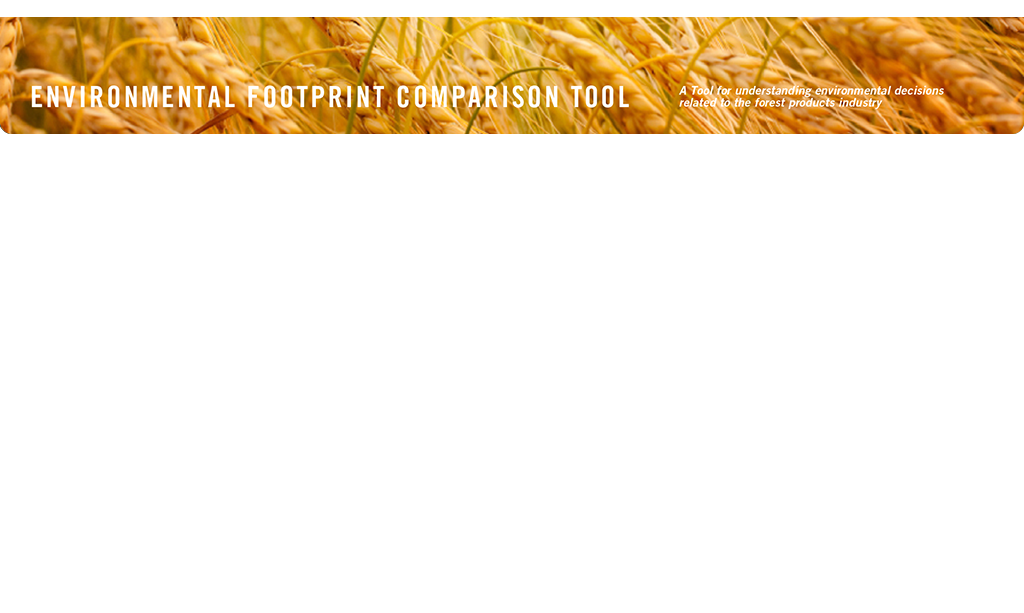
There is currently little environmental or economic impetus for wider use of agricultural crops and crop residues for the manufacture of paper products in North America.
Circumstances in the developing world, however, are economically more favorable for non-wood fiber use and continue to prompt technological research and development to improve manufacturing processes related to non-wood fiber. In the past, paper producers in North America have explored and will continue to explore opportunities to reduce costs or improve fiber quality by using non-wood fibers in specific mills and product lines.
For more information, use the grid below. Hover over the bubbles to see possible effects of using non-wood fiber (co-benefits and trade-offs). Click on a column header to go to a page dedicated to that subject. How
should I use this information?
If you are unable to view the video here, you can also find all the videos in this site here.

 Unlike forest fiber, growing kenaf, a
Unlike forest fiber, growing kenaf, a
non-wood fiber alternative, requires approximately
five inches of water per month.*
 Less intense mechanical and chemical processes are required to bleach and pulp non-wood fibers.**
Less intense mechanical and chemical processes are required to bleach and pulp non-wood fibers.**
 Unlike agrifiber, wood
Unlike agrifiber, wood
is capable of providing
not only fiber for the manufacture of wood pulps, but also the bulk of the energy required to sustain the process.***
* Bowyer et al. 2004
** Paper Task Force. White Paper 13. 1996
*** van Heiningen. 2007


